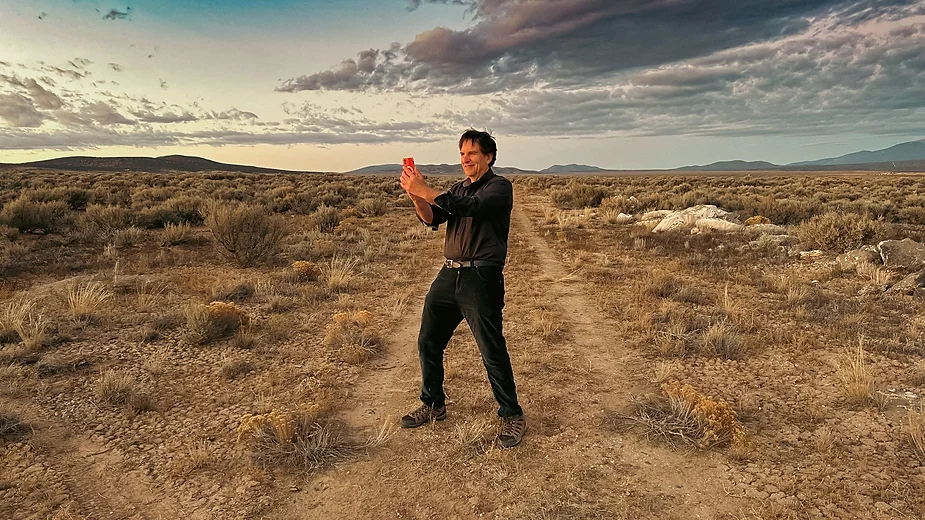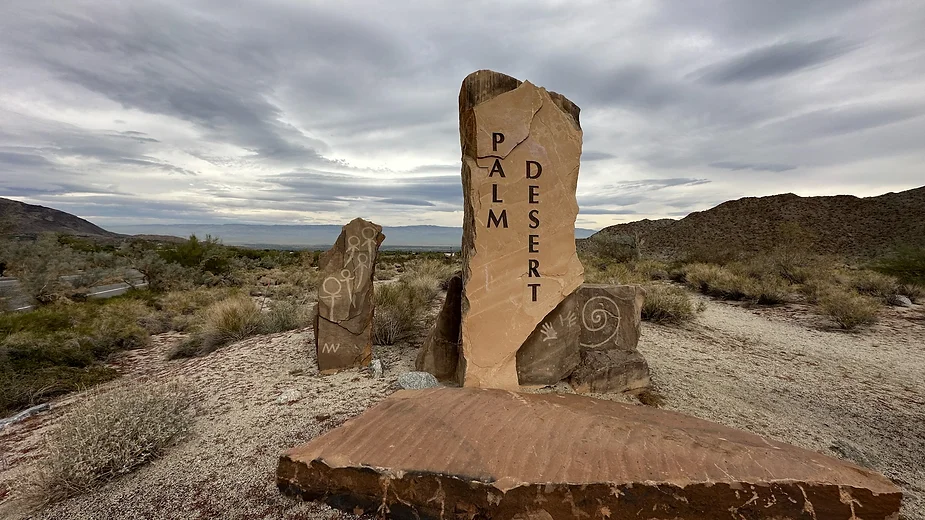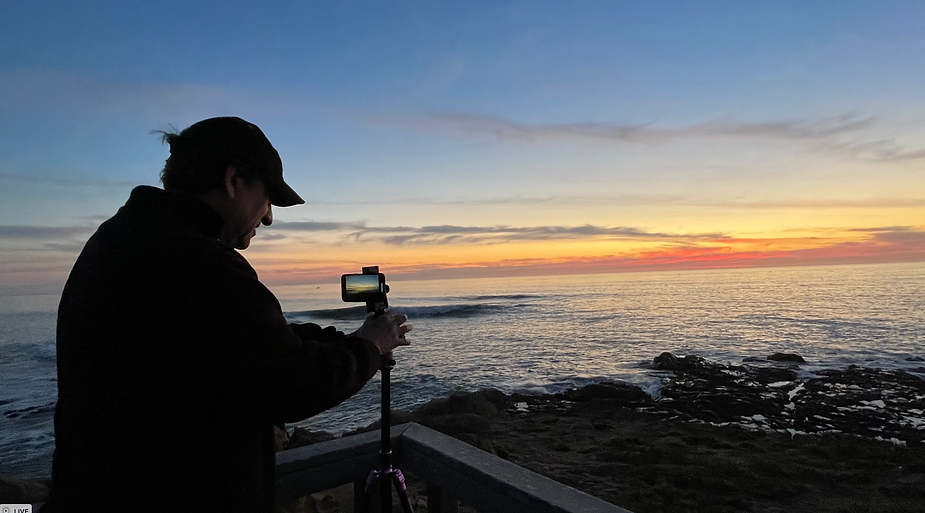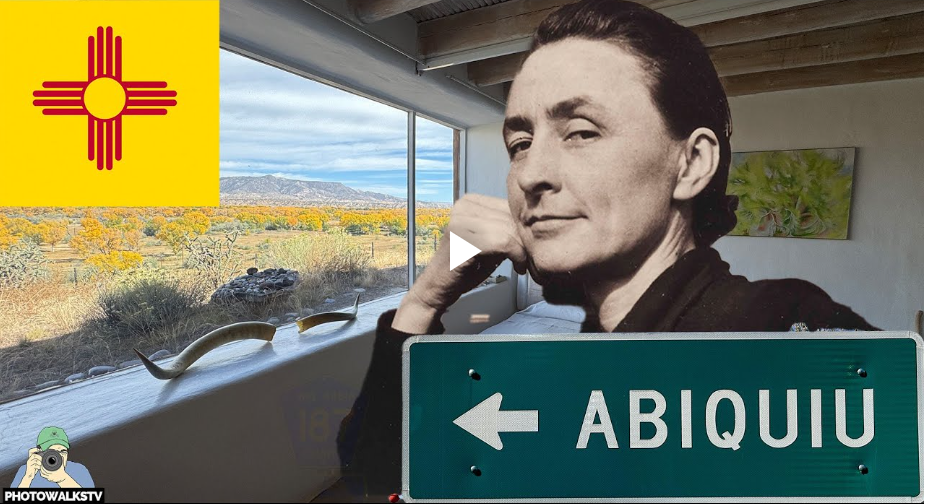
10 Great Smartphone Pro Photo Hacks
January 1, 2023
My 2 go-to favorite Lightroom Mobile settings
January 5, 2023
I’m guessing you took thousands, if not more, of photos and videos in 2022, because with a smartphone in our pockets, it was just so easy to do.
And like most people, if you thought about backup at all, you did what was easiest. You signed up for the automatic backup programs on Apple and Google, which made copies of the photos and videos on your phone, and placed them into the “cloud” for a monthly fee.
But as we talked about several times in 2022, what if Apple or Google stopped liking you? What if the companies, rightly or wrongly, decided you violated their terms of services and locked you out of your account? (Read this blockbuster piece in the New York Times for more about how this actually keeps happening.) What if you suddenly died, and forgot to leave your password behind for loved ones? All your photos would be unavailable to future generations and lost forever. (Please take a minute RIGHT NOW and share your digital photo passwords with loved ones!)
New Year’s project: Make 2023 the year you took back your digital footprint and control of your images. How to do that? Thanks for asking. I have several ideas.

Hard drives
The traditional method of storing photos still is the best place to start, even when you consider that hard drives will eventually fail. This is why I always recommend buying several drives, and copying your data to multiple ones. A 2 terabyte Sandisk solid state drive (one without moving parts) is $169 on Amazon right now, and it was selling for $200+ a year ago. If you’re like me and have way more than 2 TB worth of images, you’ll want a traditional drive, you know, the one with moving parts.
A good 10 TB will cost around $200. These drives aren’t as safe as the solid state (SSD) models, but way more economical. You can deal with the uncertainty by having two of them and copying everything on both.
(Full disclosure: Amazon pays me a small commission if you decide to click a link and buy a product.)
By comparison, a year of Apple’s iCloud or Google Photos will cost you $99, you’ll be maxed out at 2 TB and get constant nag messages telling you you’re out of room. And Apple has this awful method of deleting your photos from iCloud if you get rid of them off the phone to make room. Steer clear!
SD Cards
The same cards we use in our cameras can be used for backup, and they’re more affordable than ever. A major brand 512 GB card will run you about $50 and what’s great about this method is that you can label each card—say “vacations” or “family events” and make it easier on yourself to find photos. Plus they’re tiny and easy to store, and like SSD drives, have no moving parts. The SSD drive mentioned above is more economical though.

Flash drives
The same concept here, and a little cheaper. You can pick a good, major brand 512 GB flash drive for around $40, and use them for back up. For both cards and flash drives, please buy multiple and back up everything twice, because the odds are that one will eventually fail.
How to move your images to computer, SD cards & flash drives
Before we go any further, a quick refresher on how to move photos off the phone.
Use your charging cable to connect to your computer to move images. If you have an iPhone, I usually just select the photos I want in the Camera Roll and use “Air Drop” the bluetooth tool that beams the images to my Mac without wires.
Once in the computer, I create folders for the latest shoot, usually through Adobe Lightroom software. If you don’t have Lightroom, you can just create folders on the Desktop, or within the Pictures folder. To move them and back up, insert the SD card into the card slot on your computer, if you have it (otherwise get a card reader) and for the flash drive, insert into the USB slot. Then copy, twice.

Make prints
Here’s a novel approach. How about making prints like we used to? Because as cool as a photo looks on a screen, nothing compares to a good, old-fashioned paper image. Going back to the point I made earlier about our legacy, if we don’t take the initiative to print and preserve our memories, what are we leaving behind for future generations? Access to my Google Photos account?
I used to make a little book of every trip Ruth and I would take, and somewhere along the lines I stopped, mostly because they took too much time to make. (Love Shutterfly’s work, but hate the bloated software.) This is a mistake that I need to correct in the new year, because they’re great to have and share.
But back to prints. Yes, you can buy yourself a nice printer and spend a fortune on ink, or instead opt for the economical and high quality prints we used to get at the drugstore. And still can!
Shutterfly owns the prints business, and they do a fine job with good prices, but the shipping is onerously expensive. How about stopping into your local CVS or Walgreens and picking up 40 cent 4×6 prints instead? Buy an old-fashioned photo album while you’re there and insert them in any order you like. Get bigger prints and frame them for the wall.
What a concept, right?

 Scripps News
Scripps News



